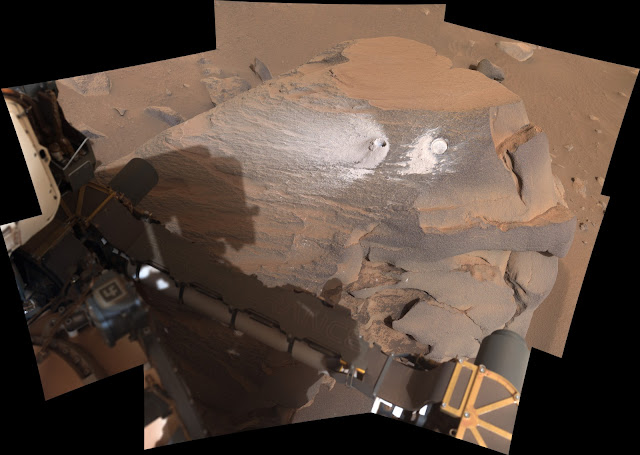New Residents on The International Space Station | This Week @NASA
Week of March 29, 2024: A NASA astronaut is one of the International Space Station’s newest residents, planning for the upcoming total solar eclipse, and a notable award for an historic asteroid sample return mission . . . a few of the stories to tell you about–This Week at NASA!
NASA Astronaut Tracy Dyson and Belarusian cosmonaut Marina Vasilevskaya, along with Roscosmos cosmonaut Oleg Novitskiy of Russia, were the newest visitors to the orbital outpost after docking to the Prichal docking module on March 25, 2024, aboard the Russian Soyuz MS-25 crew ship.
This is the first space mission for a citizen of the Eastern European nation of Belarus.
The arrival of three new crew members to the existing seven people already aboard for Expedition 70 temporarily increases the station’s population to 10.
Dyson, Novitskiy, and Vasilevskaya joined NASA astronauts Loral O’Hara, Matthew Dominick, Mike Barratt, and Jeanette Epps, as well as Roscosmos cosmonauts Oleg Kononenko, Nikolai Chub, and Alexander Grebenkin of Russia, already living and working aboard the space station.
Dyson will spend six months aboard the station as an Expedition 70 and 71 flight engineer, returning to Earth in September with Oleg Kononenko and Nikolai Chub of Roscosmos (Russia), who will complete a year-long mission on the laboratory.
Novitskiy and Vasilevskaya will be aboard the station for 12 days, providing the ride home for O’Hara on Saturday, April 6, aboard Soyuz MS-24 for a parachute-assisted landing on steppe of Kazakhstan. O’Hara will have spent 204 days in space when she returns.
Follow Expedition 70 Updates:
https://blogs.nasa.gov/spacestation/
Credit: National Aeronautics and Space Administration (NASA)
Video Producer & Editor: Andre Valentine
Narrator: Emanuel Cooper
Duration: 2 minutes, 48 seconds
Release Date: March 30, 2024
#NASA #Space #ISS #Science #Astronauts #UnitedStates #Cosmonauts #Belarus #Беларусь #Russia #Россия #Roscosmos #Роскосмос #Expedition70 #Expedition71 #HumanSpaceflight #SpaceLaboratory #STEM #Education #HD #Video
.jpg)






















.jpg)